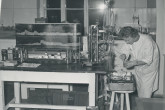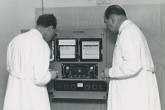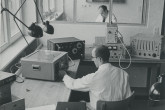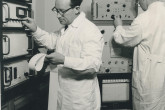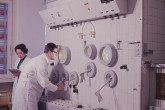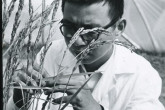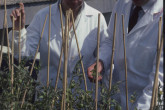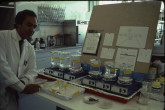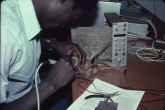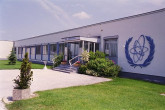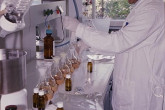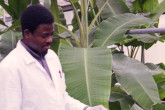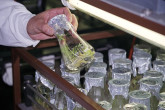From the IAEA archives: setting up the first nuclear science laboratory
Construction of the first IAEA laboratory in Seibersdorf, about 30 km from the Agency’s headquarters in Vienna, was inaugurated by the first Director General, William Sterling Cole, in 1959. The laboratory came into operation three years later and the following year welcomed the first international training course participants. This first laboratory distributed information on radioactive isotopes reference sources to Member State laboratories and their medical facilities to calibrate radiation measuring instruments. Today, more than 130 scientists, technicians and other staff from around the world work on-site in the laboratories. An additional 300 to 400 plus scientists are trained on-site each year. The Seibersdorf laboratories have since expanded significantly, now housing the Safeguards Analytical Laboratories and eight Nuclear Applications laboratories, carrying out research in various areas such as food and agriculture, human health, environmental monitoring and the use of nuclear analytical instruments.
All images are from the IAEA Archives.


